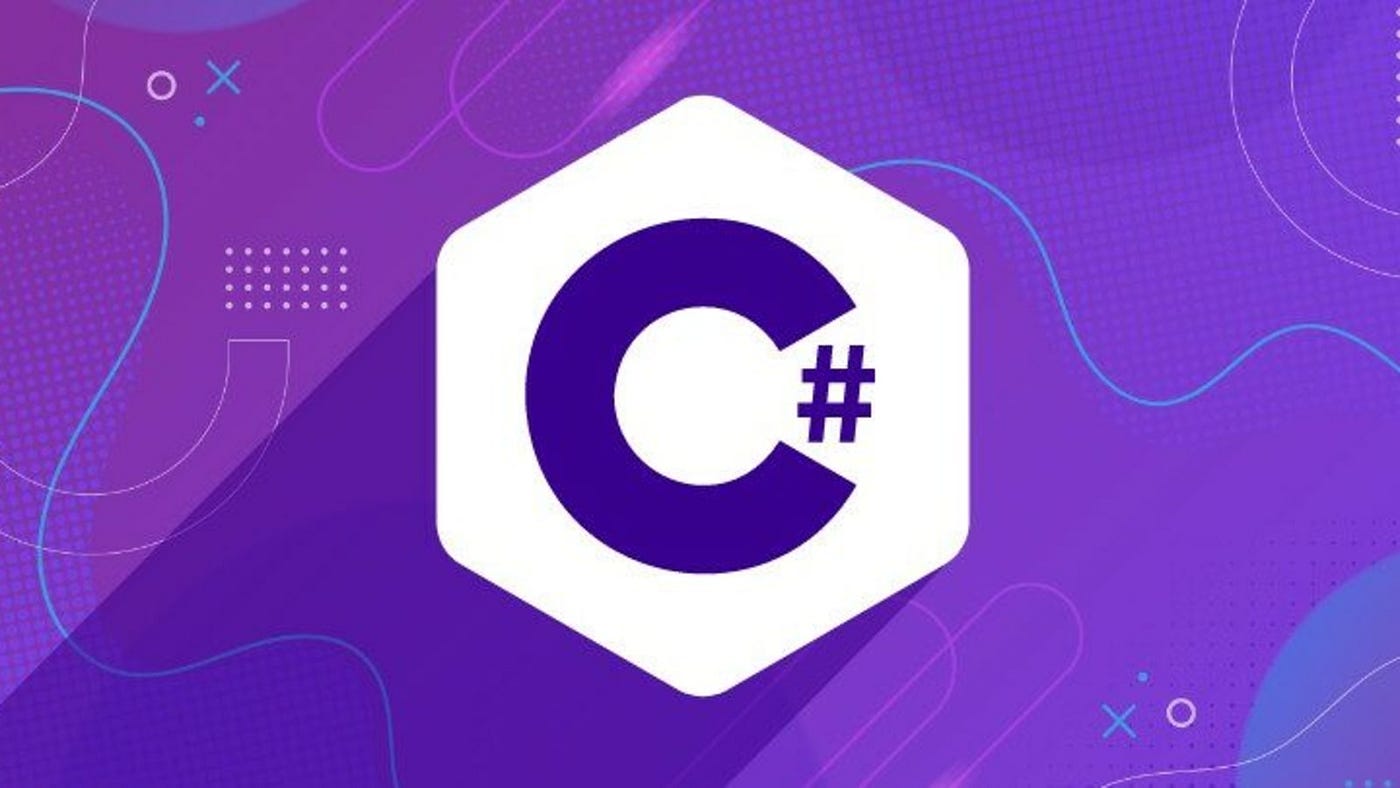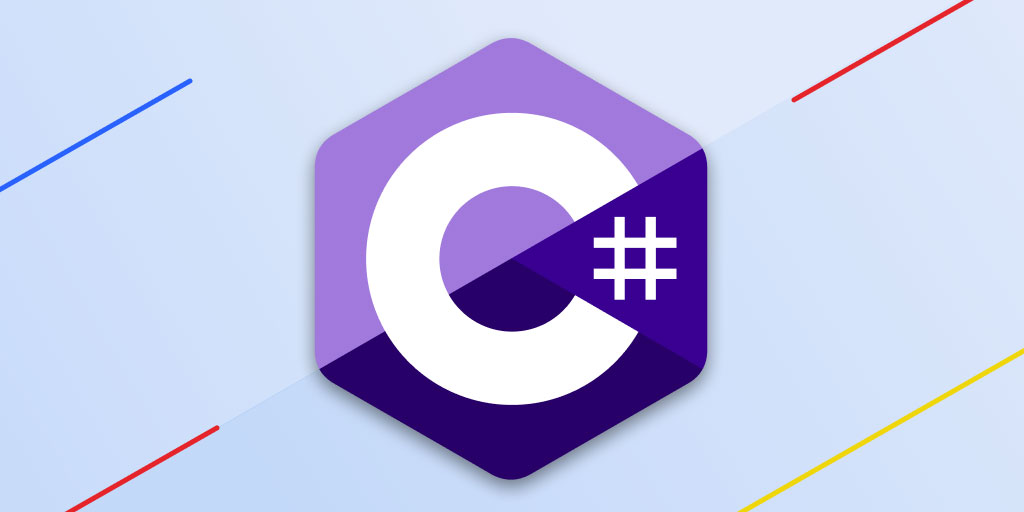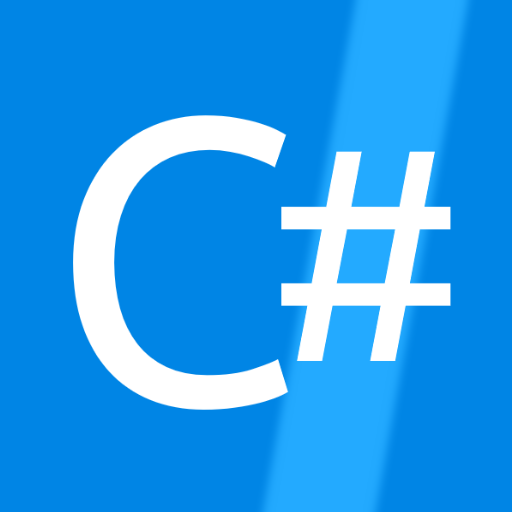The core of creating custom exceptions in C# is to inherit the Exception class or its subclasses to improve the accuracy of error messages and code maintainability. 1. Custom exceptions can more specifically express error scenarios in business logic, such as InvalidLoginException clearly expresses login problems; 2. Its benefits include improving code readability, better distinguishing error types, and facilitating uniform handling of specific exceptions; 3. When creating, you need to inherit the Exception class and implement at least three constructors without parameters, with message parameters, with message and internal exceptions; 4. If serialization support is required, you can implement the ISerializable interface; 5. Throw when a specific error condition is detected, such as using throw new InvalidLoginException when verification fails; 6. Notes include clear naming, avoiding excessive customization, inheriting appropriate base classes, and providing detailed error messages. Rationally using custom exceptions can effectively improve code quality and maintenance efficiency.

Creating custom exceptions in C# is not complicated. The core is to inherit existing exception classes, such as Exception or a subclass of it. Doing this allows your code to throw more specific and meaningful error messages when errors occur, making it easier to debug and maintain.

Why do you need to customize exceptions?
C# comes with many exception types, such as ArgumentException , IOException , etc., but they may not necessarily accurately express the error scenarios in your business logic. For example, when you are dealing with user login, you may want to throw an InvalidLoginException , so that the caller will know at a glance that it is a login-related problem, rather than a general Exception .
The benefits of using custom exceptions include:

- Improve code readability
- Better distinguish different error types
- Convenient to uniformly handle specific types of exceptions
How to create a custom exception class?
The key to creating a custom exception class is to inherit Exception class and implement the necessary constructors. It is generally recommended to include at least the following constructors:
- No parameter constructor
- Constructor with message parameters
- Constructor with message and internal exceptions
The sample code is as follows:

public class InvalidLoginException : Exception
{
public InvalidLoginException() : base()
{
}
public InvalidLoginException(string message) : base(message)
{
}
public InvalidLoginException(string message, Exception innerException)
: base(message, innerException)
{
}
} If you want this exception to be used in serialization scenarios (such as remote calls), you can also implement the ISerializable interface and add the corresponding constructor.
Where to throw a custom exception?
When you detect a specific error condition, your custom exception can be thrown. For example, when verification of user login information fails:
if (string.IsNullOrEmpty(username))
{
throw new InvalidLoginException("Username cannot be empty");
}Or encapsulated in one method:
public void ValidateLogin(string username, string password)
{
if (string.IsNullOrEmpty(username) || string.IsNullOrEmpty(password))
{
throw new InvalidLoginException("Username or password is empty");
}
// Other verification logic...
} In this way, the place where this code is called can be targeted by capturing InvalidLoginException .
A few details to pay attention to
- The naming should be clear : the exception class name should be ended with
Exception, such asInvalidLoginException, which can be seen at a glance as an exception. - Don't over-customize : Not every error requires custom exceptions, it is only worth doing when it really needs to be handled differently.
- Try to inherit the appropriate base class : If your exception is actually a parameter problem, you can consider inheriting
ArgumentExceptioninstead of directly inheritingException, so that the semantics are clearer. - Provide detailed message content : give a specific error description when an exception is thrown, which will help to troubleshoot problems later.
Basically that's it. Creating custom exceptions is not difficult, but the key is to use them reasonably in order to truly improve the quality and maintainability of the code.
The above is the detailed content of How to create a custom exception in C#?. For more information, please follow other related articles on the PHP Chinese website!

Hot AI Tools

Undress AI Tool
Undress images for free

Undresser.AI Undress
AI-powered app for creating realistic nude photos

AI Clothes Remover
Online AI tool for removing clothes from photos.

Clothoff.io
AI clothes remover

Video Face Swap
Swap faces in any video effortlessly with our completely free AI face swap tool!

Hot Article

Hot Tools

Notepad++7.3.1
Easy-to-use and free code editor

SublimeText3 Chinese version
Chinese version, very easy to use

Zend Studio 13.0.1
Powerful PHP integrated development environment

Dreamweaver CS6
Visual web development tools

SublimeText3 Mac version
God-level code editing software (SublimeText3)
 Creating and Applying Custom Attributes in C#
Jul 07, 2025 am 12:03 AM
Creating and Applying Custom Attributes in C#
Jul 07, 2025 am 12:03 AM
CustomAttributes are mechanisms used in C# to attach metadata to code elements. Its core function is to inherit the System.Attribute class and read through reflection at runtime to implement functions such as logging, permission control, etc. Specifically, it includes: 1. CustomAttributes are declarative information, which exists in the form of feature classes, and are often used to mark classes, methods, etc.; 2. When creating, you need to define a class inherited from Attribute, and use AttributeUsage to specify the application target; 3. After application, you can obtain feature information through reflection, such as using Attribute.GetCustomAttribute();
 Designing Immutable Objects and Data Structures in C#
Jul 15, 2025 am 12:34 AM
Designing Immutable Objects and Data Structures in C#
Jul 15, 2025 am 12:34 AM
The core of designing immutable objects and data structures in C# is to ensure that the state of the object is not modified after creation, thereby improving thread safety and reducing bugs caused by state changes. 1. Use readonly fields and cooperate with constructor initialization to ensure that the fields are assigned only during construction, as shown in the Person class; 2. Encapsulate the collection type, use immutable collection interfaces such as ReadOnlyCollection or ImmutableList to prevent external modification of internal collections; 3. Use record to simplify the definition of immutable model, and generate read-only attributes and constructors by default, suitable for data modeling; 4. It is recommended to use System.Collections.Imm when creating immutable collection operations.
 Creating Custom Middleware in ASP.NET Core C#
Jul 11, 2025 am 01:55 AM
Creating Custom Middleware in ASP.NET Core C#
Jul 11, 2025 am 01:55 AM
Create custom middleware in ASP.NETCore, which can be implemented by writing classes and registering. 1. Create a class containing the InvokeAsync method, handle HttpContext and RequestDelegatenext; 2. Register with UseMiddleware in Program.cs. Middleware is suitable for general operations such as logging, performance monitoring, exception handling, etc. Unlike MVC filters, it acts on the entire application and does not rely on the controller. Rational use of middleware can improve structural flexibility, but should avoid affecting performance.
 Writing Maintainable and Testable C# Code
Jul 12, 2025 am 02:08 AM
Writing Maintainable and Testable C# Code
Jul 12, 2025 am 02:08 AM
The key to writing C# code well is maintainability and testability. Reasonably divide responsibilities, follow the single responsibility principle (SRP), and take data access, business logic and request processing by Repository, Service and Controller respectively to improve structural clarity and testing efficiency. Multi-purpose interface and dependency injection (DI) facilitate replacement implementation, extension of functions and simulation testing. Unit testing should isolate external dependencies and use Mock tools to verify logic to ensure fast and stable execution. Standardize naming and splitting small functions to improve readability and maintenance efficiency. Adhering to the principles of clear structure, clear responsibilities and test-friendly can significantly improve development efficiency and code quality.
 Best Practices for Using LINQ in C# Effectively
Jul 09, 2025 am 01:04 AM
Best Practices for Using LINQ in C# Effectively
Jul 09, 2025 am 01:04 AM
The following points should be followed when using LINQ: 1. Priority is given to LINQ when using declarative data operations such as filtering, converting or aggregating data to avoid forced use in scenarios with side effects or performance-critical scenarios; 2. Understand the characteristics of delayed execution, source set modifications may lead to unexpected results, and delays or execution should be selected according to requirements; 3. Pay attention to performance and memory overhead, chain calls may generate intermediate objects, and performance-sensitive codes can be replaced by loops or spans; 4. Keep the query concise and easy to read, and split complex logic into multiple steps to avoid excessive nesting and mixing of multiple operations.
 Deep Dive into C# Generics Constraints and Covariance
Jul 12, 2025 am 02:00 AM
Deep Dive into C# Generics Constraints and Covariance
Jul 12, 2025 am 02:00 AM
Generic constraints are used to restrict type parameters to ensure specific behavior or inheritance relationships, while covariation allows subtype conversion. For example, whereT:IComparable ensures that T is comparable; covariation such as IEnumerable allows IEnumerable to be converted to IEnumerable, but it is only read and cannot be modified. Common constraints include class, struct, new(), base class and interface, and multiple constraints are separated by commas; covariation requires the out keyword and is only applicable to interfaces and delegates, which is different from inverter (in keyword). Note that covariance does not support classes, cannot be converted at will, and constraints affect flexibility.
 Understanding C# Async and Await Pitfalls
Jul 15, 2025 am 01:37 AM
Understanding C# Async and Await Pitfalls
Jul 15, 2025 am 01:37 AM
Common problems with async and await in C# include: 1. Incorrect use of .Result or .Wait() causes deadlock; 2. Ignoring ConfigureAwait(false) causes context dependencies; 3. Abuse of asyncvoid causes control missing; 4. Serial await affects concurrency performance. The correct way is: 1. The asynchronous method should be asynchronous all the way to avoid synchronization blocking; 2. The use of ConfigureAwait(false) in the class library is used to deviate from the context; 3. Only use asyncvoid in event processing; 4. Concurrent tasks need to be started first and then await to improve efficiency. Understanding the mechanism and standardizing the use of asynchronous code that avoids writing substantial blockage.
 Implementing Fluent Interfaces with C# Extension Methods
Jul 10, 2025 pm 01:08 PM
Implementing Fluent Interfaces with C# Extension Methods
Jul 10, 2025 pm 01:08 PM
Fluent interface is a design method that improves code readability and expressivity through chain calls. The core of it is that each method returns the current object, so that multiple operations can be called continuously, such as varresult=newStringBuilder().Append("Hello").Append("").Append("World"). When implementing, you need to combine the extension method and the design pattern that returns this, such as defining the FluentString class and returning this in its method, and creating an initial instance through the extension method. Common application scenarios include building configurators (such as verification rules), checking






